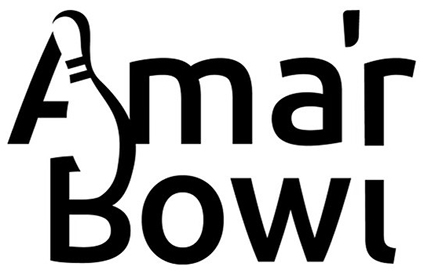Maximizing Your Chances of Winning with the Right Bet Size
The age-old adage "bet big to win big" may seem appealing, but it’s not always the most effective strategy. In fact, choosing the right bet size can significantly sweetbonanza-1000.org impact your chances of winning at a casino. Understanding how to adjust your bets based on your bankroll, game selection, and risk tolerance is crucial for maximizing your potential winnings.
Why Bet Size Matters
Before diving into strategies for optimal bet sizing, it’s essential to understand why this aspect of betting is so critical. The main reason is that varying bet sizes can influence the house edge or edge per dollar (EPD) in different games. This means that by adjusting your bets, you can reduce or increase the built-in disadvantage that casinos have over players.
Consider a game like roulette with a 5.26% house edge. While this might seem relatively low compared to other casino games, it’s still essential to manage your bets wisely. By placing smaller bets in a high-probability scenario, such as betting on red or black in an even-money bet, you can minimize losses and increase the likelihood of winning.
Understanding Bankroll Management
Effective bankroll management is vital for optimizing your bet size. A solid rule of thumb is to allocate 2% to 5% of your total bankroll for each individual session or spin. This means that if you have a $1,000 bankroll, you should cap each session at $20 to $50.
Using the example above, betting on red in an even-money bet, with odds of 48.65% (assuming European roulette), would require around $12 in bets for every $100 spent. This would put the expected value (EV) of such a bet at approximately -$3.55. However, if you increase your bet size to $50 or more, the EV becomes significantly worse.
The Martingale System: A Bet Size Strategy
One popular bet size strategy is the Martingale system. Developed by French mathematician Paul Pierre Lévy in 1907, this approach involves doubling your bets after each loss and returning to your initial stake upon a win. The goal is to overcome losses with subsequent wins.
While the Martingale system has its allure, it’s not without risks. For instance, if you experience a prolonged losing streak, you’ll need an enormous bankroll to continue doubling your bets until you recoup losses. Additionally, many casinos have betting limits or table rules that may prevent players from employing this strategy.
The Kelly Criterion: A More Realistic Approach
Instead of relying on the Martingale system, some players opt for the Kelly criterion, which was developed by John L. Kelly Jr., an engineer at Bell Labs, in 1956. This method allows you to calculate your optimal bet size based on your edge per dollar (EPD) and expected returns.
The formula is as follows:
B = EV x N / P
Where: B = optimal bet size EV = expected value N = number of rounds or spins P = probability of winning on a single spin
Optimal Bet Size Examples
Using the Kelly criterion, let’s calculate optimal bet sizes for two different games.
- American Roulette (house edge: 5.26%): Expected value = -$0.0526 (assuming $100 per round) Probability of winning = 48.65% Number of rounds = 10
B = ($0.0526 x 10) / 0.4865 ≈ $1.08 Optimal bet size: approximately 1.08% of your total bankroll.
- European Blackjack (house edge: 0.17%): Expected value = -$0.0017 (assuming $100 per round) Probability of winning = 48.65% Number of rounds = 10
B = ($0.0017 x 10) / 0.4865 ≈ $3.47 Optimal bet size: approximately 3.47% of your total bankroll.
Common Pitfalls and Misconceptions
Before implementing any bet size strategy, it’s essential to understand the common pitfalls associated with this aspect of gaming. Some key misconceptions include:
- Betting big on a single spin will increase your chances of winning.
- The more you bet, the higher the potential reward.
- You can overcome losses by betting bigger.
In reality, each game has its own built-in probability and expected value. While increasing your bets may yield higher rewards in some cases, it’s not always the most effective approach. By understanding the optimal bet size for a particular game or situation, you can minimize risks and maximize potential winnings.
Real-World Applications
While optimal bet sizing is often associated with table games like roulette and blackjack, it also applies to slot machines. With slots, however, the odds of winning are usually fixed, whereas in table games, they’re influenced by other factors like the number of players or dealer efficiency.
For example, suppose you’re playing a progressive slot machine with a 96% return to player (RTP). To calculate your optimal bet size using the Kelly criterion:
B = EV x N / P Where: EV = $0.04 (assuming $1 per spin) N = 100 spins P = 0.96
This yields an optimal bet size of approximately $0.12 for every $1 spent.
Conclusion
Maximizing your chances of winning with the right bet size requires a solid understanding of game probability, expected value, and bankroll management. While strategies like the Martingale system or Kelly criterion can help optimize your bets, it’s essential to avoid common pitfalls and misconceptions associated with this aspect of gaming.
By choosing the right bet size for each situation, you’ll be able to minimize risks, maximize potential winnings, and enjoy a more balanced experience at the casino.
